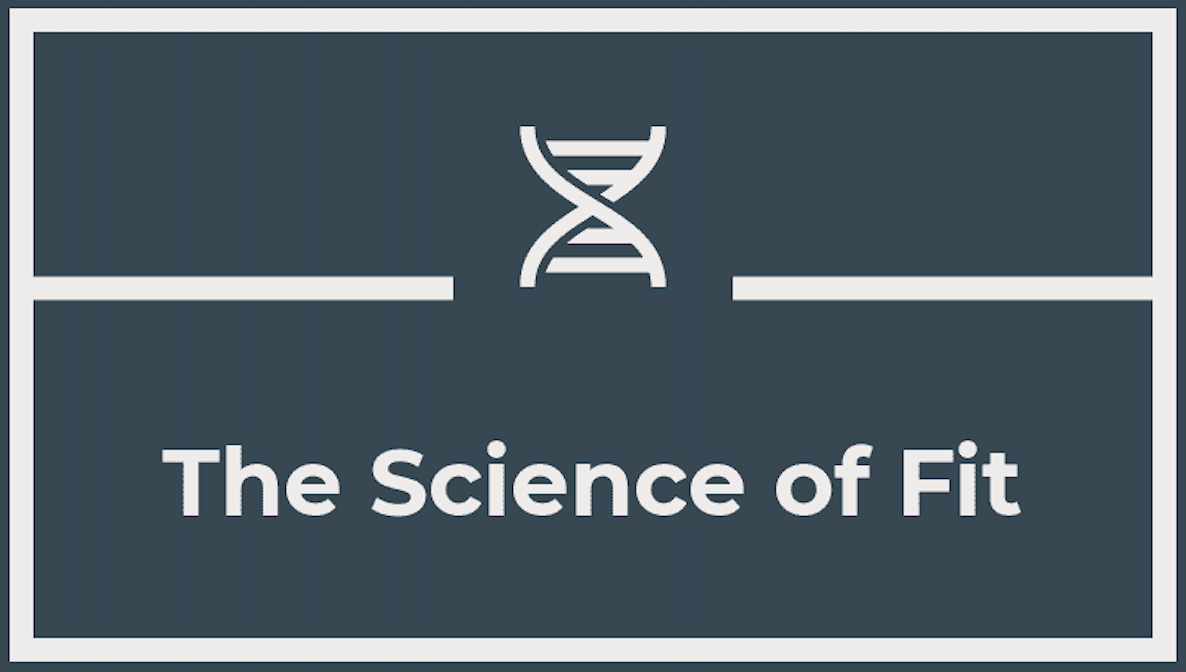Warburg and the Role of Diet in Cancer
The Warburg Effect and Its Implications for Dietary Interventions in Cancer Metabolism

The Warburg effect, characterized by an increased reliance on glycolysis for energy production in the presence of oxygen, is a hallmark of cancer metabolism. This article provides a comprehensive review of the Warburg effect and its intricate relationship with dietary factors. From the impact of macronutrient composition to the emerging field of metabolic therapies, we explore the potential of dietary interventions in modulating cancer cell metabolism and enhancing therapeutic strategies.
Introduction:
The Warburg effect, originally observed by Otto Warburg in the 1920s, describes the tendency of cancer cells to preferentially utilize glycolysis for ATP production even in the presence of sufficient oxygen. Understanding the Warburg effect has opened new avenues for investigating the metabolic vulnerabilities of cancer cells, with implications for dietary interventions.
Molecular Basis of the Warburg Effect:
The molecular underpinnings of the Warburg effect involve alterations in key regulatory pathways. Mutations in oncogenes and tumor suppressor genes, such as p53, MYC, and PI3K, contribute to the metabolic reprogramming observed in cancer cells. These alterations drive enhanced glycolysis and divert metabolic flux away from oxidative phosphorylation.
Macronutrient Composition and the Warburg Effect:
Dietary factors play a crucial role in shaping the metabolic environment of cancer cells. The composition of macronutrients, particularly the ratio of carbohydrates to fats, influences glycolytic activity and the Warburg effect. Low-carbohydrate and ketogenic diets, which restrict glucose availability, have gained attention for their potential to modulate cancer metabolism.
Fasting and Caloric Restriction:
Intermittent fasting and caloric restriction represent dietary strategies that can impact cancer metabolism. These approaches may reduce circulating glucose and insulin levels, creating an environment that challenges the energy demands of cancer cells and potentially sensitizes them to other therapeutic interventions.
Metabolic Therapies:
Metabolic therapies, including the use of glycolytic inhibitors and agents that target mitochondrial function, are emerging as potential adjuncts to conventional cancer treatments. These therapies aim to exploit the metabolic vulnerabilities of cancer cells, potentially enhancing the efficacy of standard chemotherapy and radiotherapy.
Nutrient Sensing Pathways and mTOR:
Nutrient sensing pathways, such as the mechanistic target of rapamycin (mTOR) pathway, link dietary factors to cellular metabolism. Inhibition of mTOR signaling has been shown to impede the Warburg effect and reduce the proliferative capacity of cancer cells, suggesting a potential avenue for therapeutic intervention.
Microbiota and Diet:
The gut microbiota, influenced by dietary habits, can modulate systemic metabolism and immune function. Recent studies have explored the intricate relationship between the gut microbiota, dietary patterns, and cancer progression, revealing potential opportunities for microbiome-targeted interventions.
Future Directions and Challenges:
Despite significant progress, challenges remain in translating our understanding of the Warburg effect into effective dietary strategies for cancer prevention and treatment. Personalized approaches, considering the heterogeneity of cancer types and individual metabolic profiles, hold promise for optimizing dietary interventions.
Conclusion:
The Warburg effect stands as a defining feature of cancer metabolism, offering a metabolic vulnerability that can be targeted through dietary interventions. From macronutrient composition to metabolic therapies, the interplay between diet and the Warburg effect provides a rich avenue for exploring innovative strategies in cancer research and therapeutic development. As the field advances, harnessing the metabolic flexibility of cancer cells through targeted dietary approaches holds potential for shaping the future of cancer treatment and prevention.










